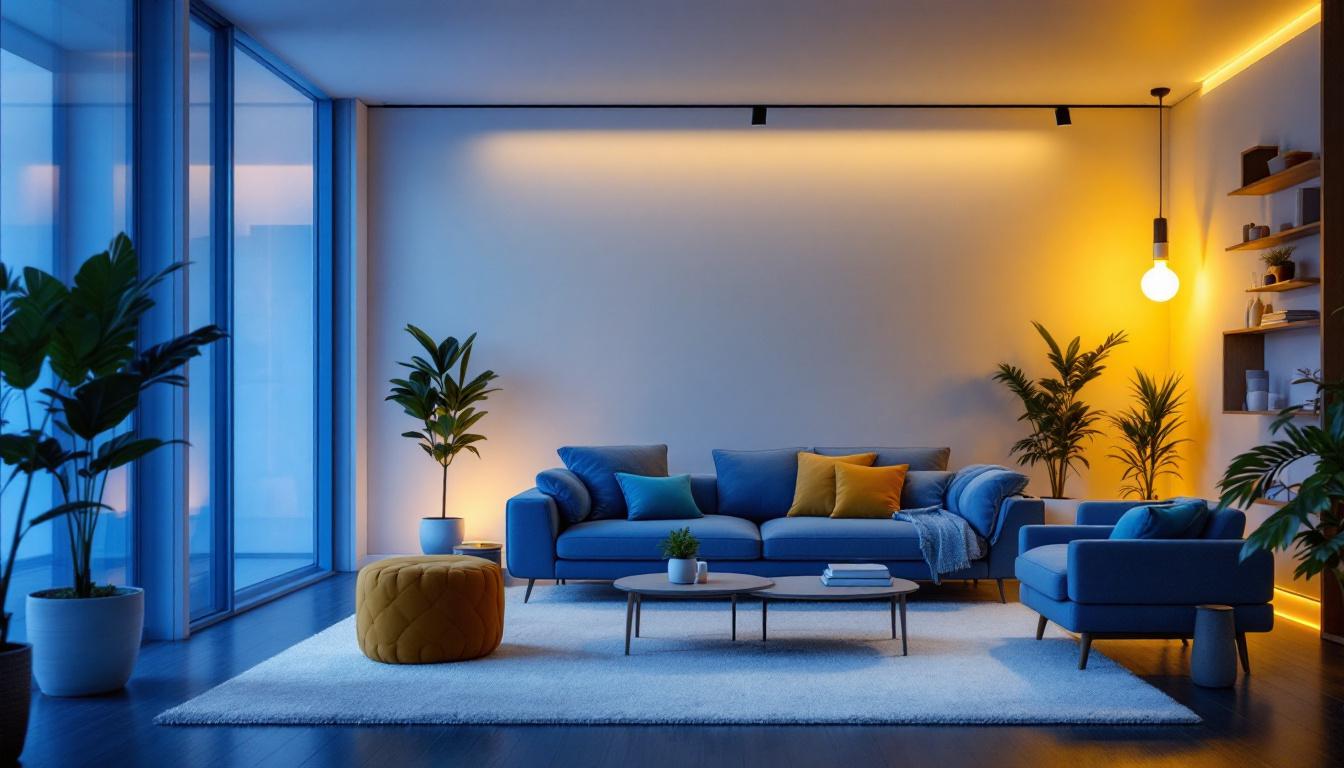
For lighting contractors, the 4 foot fluorescent bulb remains a staple component in many commercial and industrial projects. Its size, efficiency, and versatility make it a preferred choice for a wide range of applications, from office buildings to warehouses. Despite the rise of LED technology, fluorescent tubes continue to hold a significant place in the lighting market, especially in retrofit and replacement scenarios.
These bulbs typically come in T8 or T12 diameters, with T8 being the more energy-efficient and widely used option today. The 4 foot length is a standard size, making these bulbs compatible with a variety of fixtures and ballasts. This compatibility simplifies project planning and reduces the need for custom solutions, which can save both time and money on installation.
Lighting contractors often face the challenge of balancing performance with ease of installation. The 4 foot fluorescent bulb’s standardized size ensures it fits most existing fixtures, which is crucial during retrofit projects. This reduces labor costs and minimizes downtime for clients. Additionally, many buildings are already wired for these bulbs, so contractors can avoid costly rewiring or fixture replacement.
Furthermore, the availability of various color temperatures, ranging from warm white to cool daylight, allows contractors to tailor the lighting to the specific needs of each space. For instance, a cooler light can enhance productivity in office environments, while warmer tones may be more suitable for retail spaces aiming to create a welcoming atmosphere. This adaptability not only meets aesthetic preferences but also contributes to the overall functionality of the workspace.
While LEDs have made significant inroads, 4 foot fluorescent bulbs, especially T8s, still offer respectable energy efficiency. They use less power than older T12 bulbs and produce a consistent, bright light that is suitable for large spaces. For contractors working in budget-sensitive projects, these bulbs provide a balance between upfront cost and operational savings.
Moreover, fluorescent technology has advanced over the years, resulting in improved lumen output and color rendering index (CRI) ratings. This means that not only do these bulbs illuminate spaces effectively, but they also enhance the appearance of colors, which is particularly beneficial in environments where visual clarity is paramount, such as art galleries or design studios. The longevity of fluorescent bulbs also plays a crucial role in their appeal; with lifespans often exceeding 20,000 hours, they reduce the frequency of replacements, further contributing to cost savings over time.
Installing 4 foot fluorescent bulbs involves more than just swapping out old tubes for new ones. Contractors must consider ballast compatibility, fixture condition, and the specific lighting requirements of the space. These factors impact both the quality of light and the longevity of the installation.
Most 4 foot fluorescent bulbs require a ballast to regulate current. Older ballasts can be inefficient or nearing the end of their lifespan. Contractors often need to decide whether to replace the ballast during bulb installation or to leave it as is. Choosing the right ballast can improve energy efficiency and reduce maintenance calls down the line.
Electronic ballasts, for example, operate more quietly and use less energy than magnetic ballasts. They also eliminate flicker and reduce warm-up time, which enhances occupant comfort. However, they come at a higher initial cost. Contractors must weigh these factors against client budgets and project goals. Additionally, some newer technologies, such as LED retrofits, can offer even greater energy savings and longer lifespans, making them a compelling option for contractors looking to future-proof their installations.
Before installing new bulbs, inspecting the fixture is critical. Corroded sockets, damaged reflectors, or dirty lenses can all degrade lighting quality and reduce bulb life. Contractors should recommend fixture cleaning or replacement if necessary, ensuring the new bulbs perform optimally. Regular maintenance schedules can also be proposed to clients, which can help in prolonging the life of both the fixtures and the bulbs, ultimately leading to cost savings over time.
Lighting contractors must also consider the layout of fixtures and the type of light output needed. The 4 foot fluorescent bulb emits light in a linear pattern, which is ideal for evenly illuminating large areas. However, the placement and number of fixtures must be carefully planned to avoid shadows or uneven lighting, which can affect productivity and safety. Factors such as ceiling height, wall colors, and the intended use of the space should all influence the design. For instance, in a warehouse setting, higher ceilings may require more fixtures to achieve adequate brightness, while in an office environment, a well-thought-out arrangement can enhance focus and reduce eye strain for employees.
Moreover, understanding the color temperature of the bulbs is essential for creating the desired ambiance. Warmer tones may be more suitable for relaxation areas, while cooler tones can invigorate workspaces. Contractors should engage with clients to discuss their preferences and the psychological effects of different lighting options, ensuring that the final installation not only meets functional needs but also enhances the overall atmosphere of the environment.
One of the biggest advantages of the 4 foot fluorescent bulb is its cost-effectiveness. For contractors, this translates to manageable material costs and predictable project expenses. However, understanding the total cost of ownership is essential for advising clients accurately.
Fluorescent bulbs generally have a lower upfront cost compared to LED alternatives. This can make them attractive for projects with tight budgets or where immediate cost savings are a priority. However, their shorter lifespan and higher energy consumption mean operational costs will be higher over time.
Contractors should present clients with a clear comparison of initial investment versus long-term savings. This transparency helps clients make informed decisions and can prevent dissatisfaction down the road. Additionally, it is worth noting that many utility companies offer rebates or incentives for switching to energy-efficient lighting solutions, which can further offset the initial costs associated with LED installations. By educating clients about these potential savings, contractors can enhance the value of their proposals and foster a more collaborative relationship with their clients.
Fluorescent bulbs typically last between 7,000 to 15,000 hours, depending on usage and bulb quality. This means they require more frequent replacement than LEDs, which can last upwards of 50,000 hours. For contractors managing large facilities, this translates to recurring maintenance visits and labor costs.
Including maintenance schedules and replacement plans in project proposals can demonstrate professionalism and foresight. It also allows clients to budget for ongoing expenses rather than being caught off guard by unexpected costs. Furthermore, contractors should consider the environmental impact of frequent bulb replacements, as the disposal of fluorescent bulbs requires careful handling due to the presence of hazardous materials like mercury. By discussing sustainable practices and the benefits of longer-lasting lighting options, contractors can position themselves as responsible partners in their clients’ projects, ultimately leading to a more comprehensive and appealing service offering.
Environmental considerations are increasingly influencing lighting projects. Fluorescent bulbs contain small amounts of mercury, which requires careful handling and disposal. Lighting contractors must be aware of regulations and best practices to ensure compliance and safety.
Proper disposal of fluorescent bulbs is mandated by environmental regulations in many regions. Contractors should partner with certified recycling programs to handle spent bulbs responsibly. This not only protects the environment but also shields contractors and clients from potential fines or liabilities.
Educating clients about the importance of recycling and providing disposal services can enhance a contractor’s reputation and add value to their offerings.
Many jurisdictions have adopted energy codes that limit the use of less efficient lighting technologies. While fluorescent bulbs often meet these standards, contractors must stay updated on local codes to ensure compliance. In some cases, incentives or rebates are available for upgrading to more efficient lighting systems, including LED replacements for fluorescent fixtures.
Advising clients on these programs can reduce project costs and improve overall satisfaction. It also positions contractors as knowledgeable partners who prioritize both performance and sustainability.
The lighting industry is shifting toward LED technology, but the 4 foot fluorescent bulb is not disappearing overnight. Contractors will continue to encounter these bulbs in existing installations and retrofit projects for years to come.
Contractors can benefit from developing expertise in both fluorescent and LED technologies. Offering hybrid solutions-such as LED tubes designed to fit fluorescent fixtures-can provide clients with energy savings without the need for extensive fixture replacement.
Staying informed about advancements in fluorescent technology, such as improved phosphors or ballast designs, can also help contractors provide the best possible solutions tailored to client needs.
Clients often seek the lowest cost solution upfront, but they also want reliable, long-lasting lighting. Contractors who can clearly communicate the trade-offs between fluorescent and LED options build trust and foster long-term relationships. This approach encourages repeat business and referrals.
The 4 foot fluorescent bulb continues to play a vital role in lighting contractors’ projects due to its versatility, compatibility, and cost-effectiveness. Understanding the nuances of installation, maintenance, and regulatory compliance is essential for delivering successful outcomes. While LED technology is gaining ground, fluorescent bulbs remain a practical choice in many scenarios.
Lighting contractors who master the intricacies of fluorescent lighting and stay adaptable to emerging technologies will be well-positioned to meet diverse client needs and thrive in a competitive market.
Ready to elevate your lighting projects with the best in class 4 foot fluorescent bulbs and more? Look no further than LumenWholesale. Our commitment to quality and affordability ensures that you have access to the highest standard of lighting products at wholesale prices. Say goodbye to middleman markups and hello to a vast selection of spec-grade lighting that won’t break the bank. Plus, with free shipping on bulk orders, you can stock up on all your lighting needs without worrying about extra costs. Don’t compromise on quality or value; choose LumenWholesale for all your lighting contractor needs. Wholesale Lighting at the Best Value is just a click away.

Discover essential insights into recessed lighting parts with our comprehensive guide tailored for lighting contractors.

Discover how lighting contractors can enhance their projects with gooseneck outdoor lights.

Discover innovative hacks and expert tips for smart lighting contractors looking to master LED wall mount installations.

Discover how Leviton DD0SR is revolutionizing lighting design and installation with smarter, energy-efficient solutions.